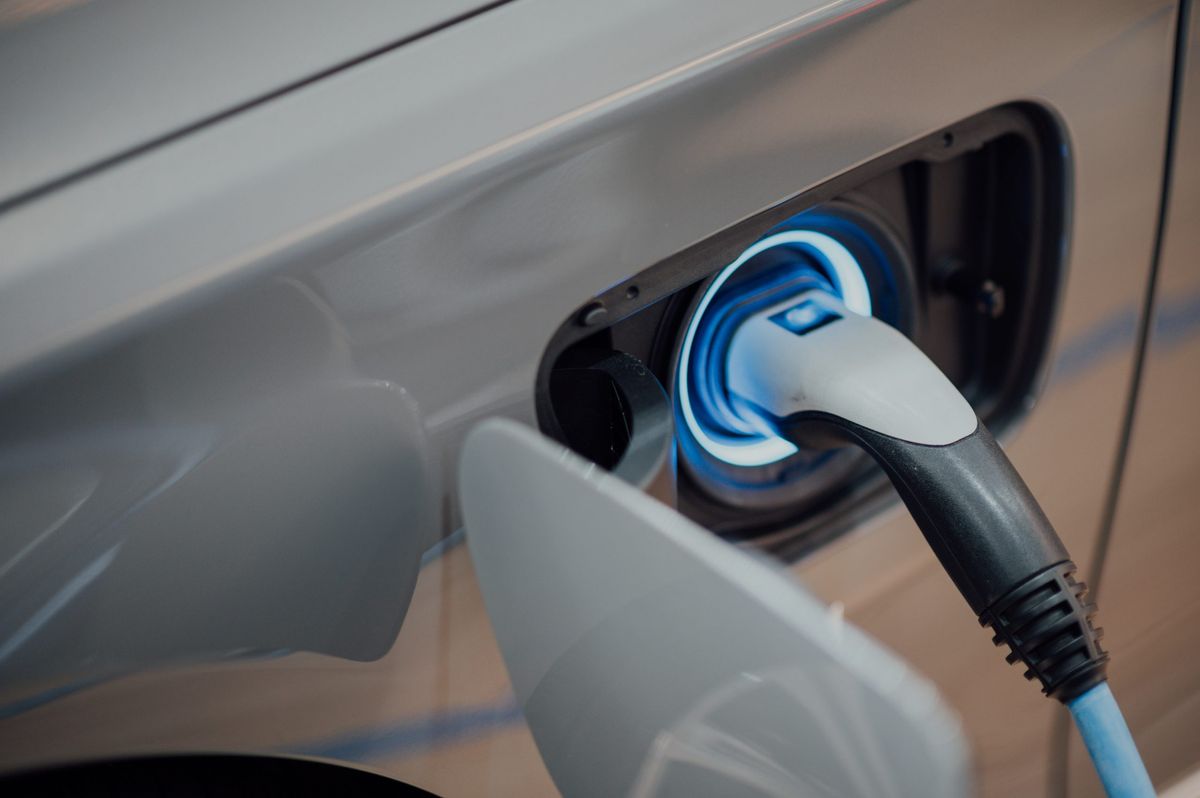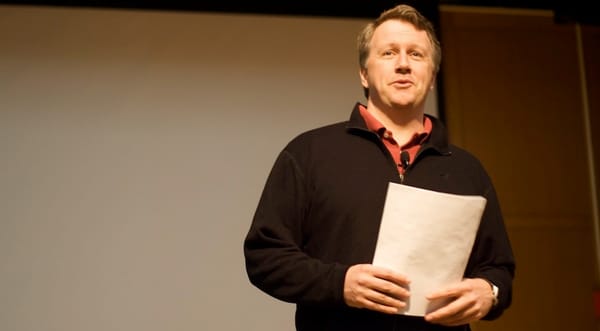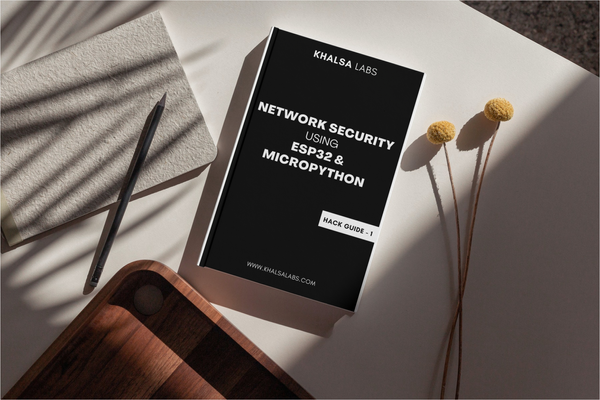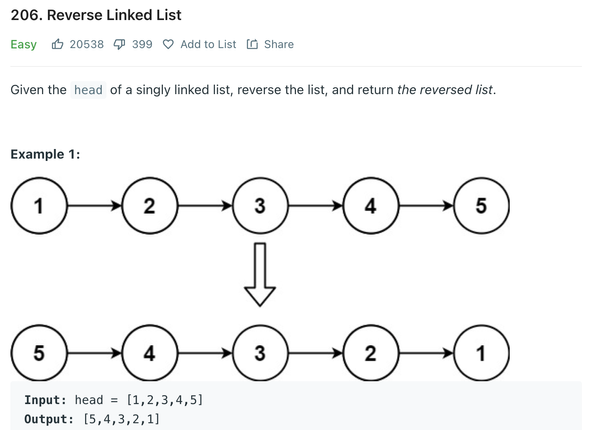Electric Vehicle Charger Typers

If you want to acquire an electric car, especially if you intend to install an in-home charger, you need understand what the various charging standards represent. Before delving into charging parameters, it’s important to understand how to measure charging speeds. The crucial numbers are kilowatts (kW), which tells you the rate of charge, and kilowatt-hours (kWh), which is a battery parameter that tells you how much charge your battery can retain and influences how quickly your car can charge to 100%.
Consider a car with a 10 kWh battery; when connected to a 1 kW charger, it will charge to 100% in 10 hours. However, if you utilised a 5 kW charger in this circumstance, you could charge the battery in half the time at five hours. As you might expect, a 10kW charger could recharge the battery in less than an hour.
But it’s not as simple as that, especially when it comes to quick charging. While a battery close to 0% may charge at or near the maximum rated speed, charging decreases as it gets closer to full to safeguard the battery – this throttled speed generally begins at 80% charge (via EVgo). Charging speeds may be divided into two categories: slower AC-based in-home charging and blazing-quick DCFC (direct-current fast charging) given by public charging networks such as Tesla’s Superchargers.
EVs charge the fastest using DC fast chargers.
Direct current fast charging (DCFC), also known as Level 3 charging and DC fast charging, is the quickest type of charging possible in the world of electric vehicles, with charging rates ranging from 50 kW to 350 kW. However, not all DC fast chargers are created equal. While all DC fast chargers are available at public charging stations, certain charging networks are more efficient than others. Even within the same provider, varying levels of DCFC might be found.
Electrify America, for example, has Ultra-Fast chargers with a capacity of 150 kW as well as Hyper-Fast chargers with a capacity of 350 kW. When connected to a normal DC fast charger, a 60 kWh battery should charge from empty to 80% in 20 minutes to an hour, according to the US Department of Transportation.
Tesla Superchargers are another type of DCFC, although they only support charging at up to 250 kW, claiming to replace up to 200 miles of range in 15 minutes. The unpleasant truth of DCFC is its geographic constraint. DCFC stations can only be built as public charging stations since they link directly to the electrical grid and demand so much power. They are not ideal for in-home charging. When it comes to the latter charging method, your options are restricted to AC.
AC EV chargers may be used at home, but they demand patience.
Whether it’s a professionally installed Level 2 device or a plug-in Level 1 charger, the power and voltage that AC EV chargers may draw from the grid are severely limited. According to YoCharge, AC chargers provide alternating current to automobiles, which means the DC conversion is passed on to the vehicle’s onboard charging circuitry because batteries can only take DC power.
Level 1 AC charging operates on a conventional 120-volt AC adapter and may be powered by a standard breaker. Unfortunately, because of the low voltage and current consumption, these chargers are as sluggish as molasses, with a maximum output of roughly 1 kW and a charging time of up to 50 hours for a 60 kWh battery. The advantage of these low-power AC chargers is their small size — they may typically be kept inside your vehicle as an emergency charger — and their standard wall connection, which allows them to plug into almost any wall outlet.
Meanwhile, Level 2 AC chargers use 208 or 240-volt circuits and may draw up to 80 Amps, providing between 7 and 19 kW to your car and charging a 60 kWh battery in four to ten hours, depending on the charger and vehicle’s on-board charging hardware. This may be sufficient for drivers who only drive to work in the morning and return home in the evening, because the car may be kept plugged in to charge at night.



